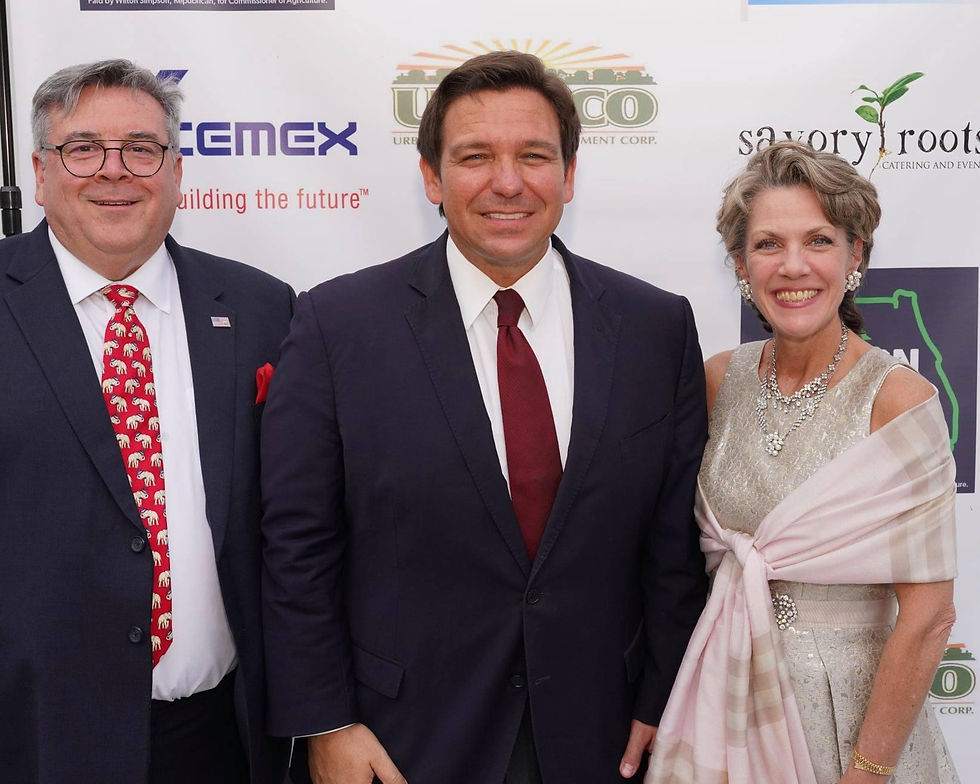The Downfall of Robin Hood’s Philosophy – Wealth Redistribution & Taxation Reality
- The Chairman

- Aug 10
- 4 min read

High School Lesson Plan: The Downfall of Robin Hood’s Philosophy – Wealth Redistribution & Taxation Reality
Grade Level: 9–12 Subject: Personal Finance / Economics / Civics Duration: 1–2 class periods (45–60 minutes each) Materials Needed:
Printed copy of the Robin Hood article provided
Whiteboard or projector
Graphs showing U.S. income tax brackets and percentages of taxes paid by income groups
Calculator or spreadsheet for tax calculations
Case study handouts (examples of tax burdens)
Florida State Standards Alignment
SS.912.E.1.1 – Identify the factors of production and the conditions needed to produce goods and services. SS.912.E.1.2 – Analyze the role of the government in a market economy. SS.912.E.1.3 – Compare different types of taxation and their impact on individuals and businesses. SS.912.FL.3.3 – Analyze the impact of taxes on income and standard of living. SS.912.FL.4.1 – Explain how earning income is related to education, skills, and productivity. SS.912.C.1.1 – Evaluate the basic principles and values of American constitutional democracy.
Lesson Objectives
By the end of this lesson, students will be able to:
Explain why Robin Hood’s wealth redistribution approach was unsustainable.
Describe how “the rich” adapt to avoid excessive taxation or confiscation.
Evaluate the claim that “the rich need to pay their fair share” using real tax data.
Understand how income tax can act as a penalty for working harder and being more successful.
Explore alternative ways to address wealth inequality that promote self-sufficiency.
Lesson Outline
1. Warm-Up (10 minutes)
Write on the board: “The rich need to pay their fair share.”
Ask students to write a quick response:
What do you think this phrase means?
Who decides what is “fair”?
Is there a point where taxation becomes a punishment rather than a contribution?
2. Robin Hood Case Study (15 minutes)
Read aloud or summarize the Downfall of Robin Hood’s Philosophy article.
Discuss:
How the rich adapted to avoid Robin Hood.
How dependency grew among his followers.
Why the approach wasn’t sustainable.
3. Reality Check: Do the Rich Pay Their “Fair Share”? (20 minutes)
Show IRS tax data: The top 1% of earners in the U.S. pay around 40% of all federal income taxes (depending on year).
Compare:
Top 10% → roughly 70% of income taxes.
Bottom 50% → around 3% of income taxes.
Discuss:
Is the tax system already heavily weighted toward the wealthy?
Why do some people believe they still don’t pay enough?
How tax loopholes and legal deductions work.
4. Income Tax as a Penalty for Success (15 minutes)
Define progressive taxation: higher income → higher percentage paid.
Example:
Someone earning $40,000 may pay ~10–12% effective tax.
Someone earning $400,000 may pay ~30–37% effective tax.
Discuss:
How this can discourage productivity, overtime work, or starting a business.
Why some high earners invest in tax shelters or move to states with no income tax.
5. Solutions Beyond Redistribution (10 minutes)
Brainstorm ways to lift people out of poverty without “robbing from the rich.”
Education and job training.
Entrepreneurship.
Encouraging savings and investment.
Lowering barriers to starting businesses.
Activity – Tax Calculation & Debate (20–30 minutes)
Part 1 – Tax Calculation
Students calculate taxes for two individuals:
Worker A: earns $50,000/year.
Worker B: earns $500,000/year.
Use 2024 federal tax brackets to show total and effective rates.
Part 2 – Debate
Split the class: one side argues “The rich should pay more,” the other argues “Taxes already punish success.”
Require use of real data from class discussion.
Part 3 - Read and analyze the following story.
Title: The Downfall of Robin Hood's Philosophy: Why Robbing from the Rich Doesn't Work
Introduction: Robin Hood, a legendary outlaw and a symbol of hope for the downtrodden, famously crafted the campaign slogan, "Rob from the rich and give to the poor." While this concept was popular among his followers and helped him gain fame and fortune, it was not sustainable in the long run. The story of Robin Hood offers valuable lessons about wealth redistribution and dependence on handouts.
The Rich Adapt: When Robin Hood began his crusade, the rich soon learned to avoid the forest, making it increasingly difficult for him to continue providing for his followers. This highlights the adaptability of the wealthy; they will always find new ways to protect their assets and avoid those who seek to take them.
Creating Dependency: Robin's followers became dependent on his handouts, which negatively impacted their self-sufficiency and ability to improve their own situations. Instead of empowering the poor, Robin's actions inadvertently made them more vulnerable and reliant on him.
Diminishing Returns: As the rich continued to avoid the forest, Robin was no longer able to provide for his followers. This demonstrates the inherent flaw in his philosophy: it was unsustainable in the long run. His followers eventually realized they now had less than they once did, exposing the limitations of Robin's approach.
Conclusion: The story of Robin Hood teaches us that taking from the rich and giving to the poor is not a viable solution for addressing wealth inequality. It may provide temporary relief, but it ultimately creates dependency and fails to empower individuals to improve their own situations. A more sustainable solution would involve providing opportunities for education, skill development, and economic mobility so that people can break free from poverty and achieve self-sufficiency.
Assessment
Exit Ticket: In 3–4 sentences, answer:
Is “the rich need to pay their fair share” a factual statement or a political slogan? Why?
What is a better way to create economic opportunity than wealth redistribution?
Homework
Research and bring in one real-world example of a successful person who relocated or structured their income to lower taxes.
Be ready to explain how this supports or challenges today’s discussion.
Key Takeaways for Students
Wealth redistribution may provide short-term relief but can create dependency.
U.S. tax policy is already heavily progressive, with high earners paying the majority of income taxes.
Income taxes can reduce incentives for productivity and innovation.
Long-term poverty reduction comes from empowerment, not perpetual handouts.
#RobinHood #WealthInequality #Dependency #Sustainability #EconomicMobility #SelfSufficiency #Empowerment #CalatravaStrategies #ChairmanBobSutton #FinancialLiteracy #TaxationTruth #EconomicReality #HardWorkPays #SuccessNotPunished #PersonalResponsibility #EconomicFreedom #FinancialEducation #TaxFacts #WorkEthic #EntrepreneurshipMatters #FreeMarketSolutions #EarnYourWay #TaxPolicy #EconomicSelfReliance #StopDependency #FiscalResponsibility #CapitalismWorks #OpportunityOverHandouts #MoneyMindset #EducationOverRedistribution #bobsuttonbroward



































Comments